Hyundai i30 vs Vauxhall Frontera – Which model is better for everyday use?
Both models have their strengths – but which one suits you more?
Compare performance, efficiency, price and space directly: Hyundai i30 or Vauxhall Frontera?
Costs and Efficiency:
Price and efficiency are key factors when choosing a car – and this is often where the real differences emerge.
Vauxhall Frontera has a to a small extent advantage in terms of price – it starts at 20500 £, while the Hyundai i30 costs 24000 £. That’s a price difference of around 3506 £.
Fuel consumption also shows a difference: Vauxhall Frontera manages with 5.20 L and is therefore minimal more efficient than the Hyundai i30 with 5.70 L. The difference is about 0.50 L per 100 km.
Engine and Performance:
Under the bonnet, it becomes clear which model is tuned for sportiness and which one takes the lead when you hit the accelerator.
When it comes to engine power, the Vauxhall Frontera has a hardly perceptible edge – offering 145 HP compared to 140 HP. That’s roughly 5 HP more horsepower.
In acceleration from 0 to 100 km/h, the Vauxhall Frontera is minimal quicker – completing the sprint in 9 s, while the Hyundai i30 takes 9.60 s. That’s about 0.60 s faster.
In terms of top speed, the Hyundai i30 performs barely noticeable better – reaching 197 km/h, while the Vauxhall Frontera tops out at 194 km/h. The difference is around 3 km/h.
There’s also a difference in torque: Hyundai i30 pulls barely noticeable stronger with 253 Nm compared to 230 Nm. That’s about 23 Nm difference.
Space and Everyday Use:
Cabin size, boot volume and payload all play a role in everyday practicality. Here, comfort and flexibility make the difference.
Seats: Vauxhall Frontera offers clearly perceptible more seating capacity – 7 vs 5.
In curb weight, Hyundai i30 is hardly perceptible lighter – 1291 kg compared to 1344 kg. The difference is around 53 kg.
In terms of boot space, the Vauxhall Frontera offers a bit more room – 460 L compared to 395 L. That’s a difference of about 65 L.
In maximum load capacity, the Vauxhall Frontera performs somewhat better – up to 1600 L, which is about 299 L more than the Hyundai i30.
When it comes to payload, Vauxhall Frontera evident takes the win – 644 kg compared to 509 kg. That’s a difference of about 135 kg.
Who comes out on top?
Overall, the Vauxhall Frontera shows itself to be offers a more balanced package and secures the title of DriveDuel Champion.
It convinces with the more balanced overall package and proves to be the more versatile choice for everyday use.
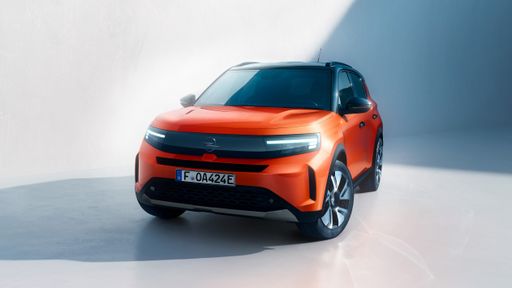
Vauxhall Frontera
Hyundai i30
The Hyundai i30 stands out in the hatchback segment with its sleek design and modern features. It offers a comfortable ride with a well-crafted interior that caters to both driver and passengers. With its emphasis on safety and technology, the i30 provides a balanced driving experience suitable for urban and suburban environments.
details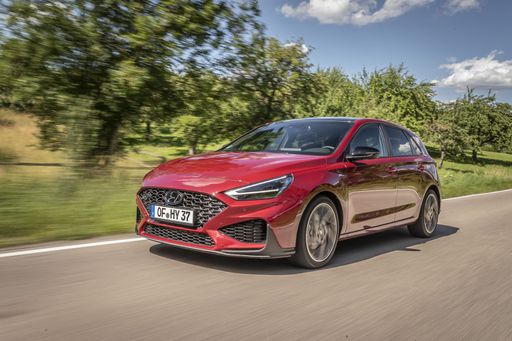 @ hyundai.news
@ hyundai.news
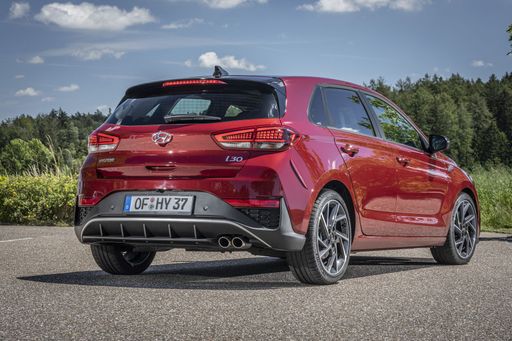 @ hyundai.news
@ hyundai.news
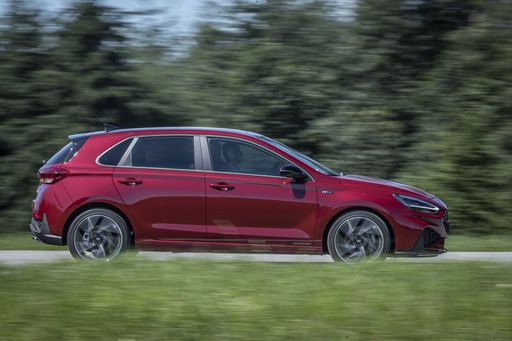 @ hyundai.news
@ hyundai.news
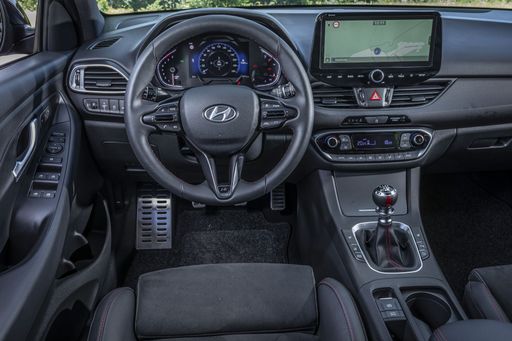 @ hyundai.news
@ hyundai.news
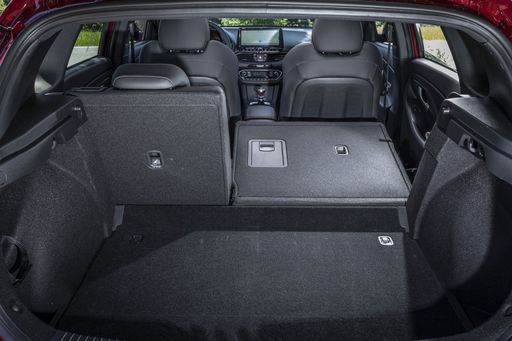 @ hyundai.news
@ hyundai.news
Vauxhall Frontera
The Opel Frontera stands out as a rugged SUV designed for adventurous drivers seeking versatility and off-road capability. Its robust exterior design is complemented by a roomy interior, providing ample space for passengers and luggage alike. With its reliable performance and sturdy build, the Frontera is well-suited for both urban environments and more challenging terrains.
details @ media.stellantis.com
@ media.stellantis.com
 @ media.stellantis.com
@ media.stellantis.com
 @ media.stellantis.com
@ media.stellantis.com

|

|
|
|
|
Costs and Consumption |
|
|---|---|
|
Price
24000 - 29300 £
|
Price
20500 - 30000 £
|
|
Consumption L/100km
5.7 - 6 L
|
Consumption L/100km
5.20 L
|
|
Consumption kWh/100km
-
|
Consumption kWh/100km
15.8 - 18.2 kWh
|
|
Electric Range
-
|
Electric Range
305 - 408 km
|
|
Battery Capacity
-
|
Battery Capacity
-
|
|
co2
130 - 136 g/km
|
co2
0 - 119 g/km
|
|
Fuel tank capacity
50 L
|
Fuel tank capacity
44 L
|
Dimensions and Body |
|
|---|---|
|
Body Type
Hatchback
|
Body Type
SUV
|
|
Seats
5
|
Seats
5 - 7
|
|
Doors
5
|
Doors
5
|
|
Curb weight
1291 - 1407 kg
|
Curb weight
1344 - 1610 kg
|
|
Trunk capacity
395 L
|
Trunk capacity
460 L
|
|
Length
4340 mm
|
Length
4385 mm
|
|
Width
1795 mm
|
Width
1795 mm
|
|
Height
1455 mm
|
Height
1635 mm
|
|
Max trunk capacity
1301 L
|
Max trunk capacity
1600 L
|
|
Payload
463 - 509 kg
|
Payload
436 - 644 kg
|
Engine and Performance |
|
|---|---|
|
Engine Type
Petrol, Petrol MHEV
|
Engine Type
Electric, Petrol MHEV
|
|
Transmission
Manuel, Automatic
|
Transmission
Automatic
|
|
Transmission Detail
Manual Gearbox, Dual-Clutch Automatic
|
Transmission Detail
Reduction Gearbox, Dual-Clutch Automatic
|
|
Drive Type
Front-Wheel Drive
|
Drive Type
Front-Wheel Drive
|
|
Power HP
100 - 140 HP
|
Power HP
110 - 145 HP
|
|
Acceleration 0-100km/h
9.6 - 13.1 s
|
Acceleration 0-100km/h
9 - 14.2 s
|
|
Max Speed
178 - 197 km/h
|
Max Speed
143 - 194 km/h
|
|
Torque
172 - 253 Nm
|
Torque
125 - 230 Nm
|
|
Number of Cylinders
3 - 4
|
Number of Cylinders
3
|
|
Power kW
74 - 103 kW
|
Power kW
81 - 107 kW
|
|
Engine capacity
998 - 1482 cm3
|
Engine capacity
1199 cm3
|
General |
|
|---|---|
|
Model Year
2024
|
Model Year
2024 - 2025
|
|
CO2 Efficiency Class
D, E
|
CO2 Efficiency Class
A, D
|
|
Brand
Hyundai
|
Brand
Vauxhall
|
What drive types are available for the Hyundai i30?
Available configurations include Front-Wheel Drive.
The prices and data displayed are estimates based on German list prices and may vary by country. This information is not legally binding.
